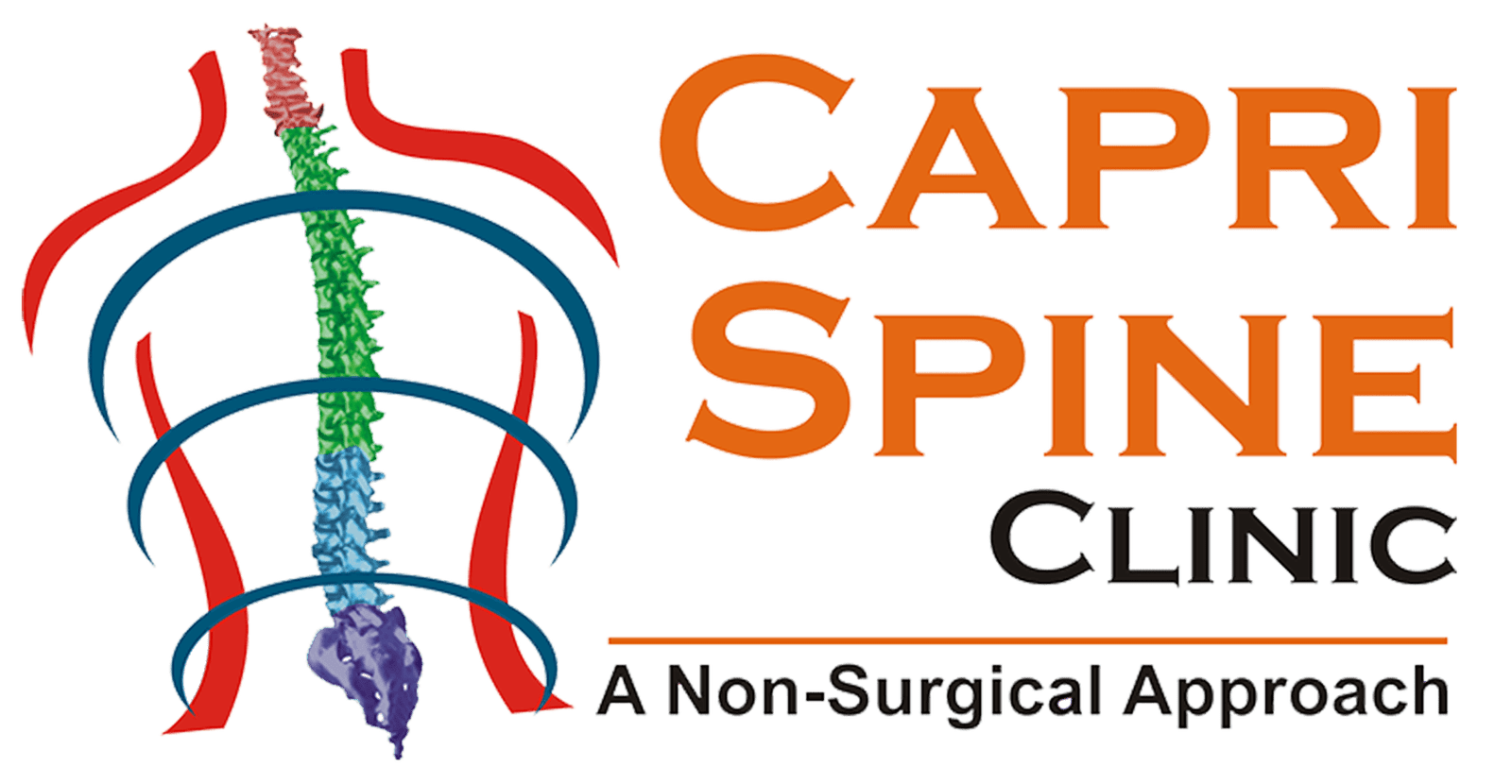Dealing with a herniated disc can be both painful and limiting, often impacting daily life and overall well-being. While many people think surgery is the only option, herniated disc treatment physiotherapy offers a highly effective, non-invasive solution. Physiotherapy focuses on relieving pain, restoring mobility, and preventing future injury, providing a comprehensive path to recovery without …
Dealing with a herniated disc can be both painful and limiting, often impacting daily life and overall well-being. While many people think surgery is the only option, herniated disc treatment physiotherapy offers a highly effective, non-invasive solution. Physiotherapy focuses on relieving pain, restoring mobility, and preventing future injury, providing a comprehensive path to recovery without the need for surgical intervention.
Understanding Herniated Discs
A herniated disc occurs when the soft, gel-like center of a spinal disc pushes out through a crack in its tougher outer layer. This herniation can press on nearby nerves, often resulting in pain, numbness, and weakness. Herniated discs are most common in the lower back (lumbar spine) but can also occur in the neck (cervical spine). Key symptoms include:
- Pain in the lower back, buttocks, or legs
- Numbness or tingling in arms, legs, or feet
- Weakness in muscles near the affected area
If left untreated, these symptoms can worsen. Fortunately, physiotherapy for herniated disc treatment can help manage these symptoms effectively, offering relief and enhancing mobility.
How Physiotherapy Provides Effective Herniated Disc Treatment
Physiotherapy is an ideal treatment option for herniated discs as it focuses on reducing pain, improving strength, and stabilizing the spine. A structured physiotherapy program addresses the root causes of pain and develops the body’s natural ability to support the spine, preventing further disc-related issues.
Key Components of Herniated Disc Treatment Physiotherapy
Manual Therapy
Manual therapy is one of the first steps in treating herniated disc pain. It involves hands-on techniques that help reduce tension and relieve pressure on the affected area.
- Joint Mobilization: Gentle mobilization techniques improve joint flexibility and reduce stiffness, helping to ease pressure on the herniated disc.
- Soft Tissue Massage: Massage therapy releases tight muscles, improves circulation, and promotes healing by targeting muscles that support the spine.
- Myofascial Release: This technique focuses on loosening the connective tissues around the spine, enhancing mobility and reducing pain.
By using these hands-on methods, manual therapy provides immediate relief and prepares the body for more active exercises.
Personalized Exercise Programs
Exercise is at the heart of herniated disc treatment physiotherapy. A physiotherapist will design a personalized exercise plan to strengthen muscles, improve flexibility, and stabilize the spine.
- Core Strengthening: Strengthening core muscles helps take pressure off the spine, reducing strain on the herniated disc and alleviating pain.
- Flexibility Exercises: Gentle stretches improve the range of motion, which can be particularly helpful in reducing stiffness and promoting spinal alignment.
- Postural Training: Exercises that focus on maintaining correct posture relieve pressure from the affected area and help prevent future injuries.
A well-structured exercise plan allows patients to strengthen the muscles around the spine safely, improving long-term stability and resilience.
Spinal Stabilization Techniques
Stability is essential in managing herniated disc symptoms, and physiotherapy offers several techniques to achieve this.
- Pelvic Tilts: These exercises strengthen the lower back and core, offering support to the lumbar spine and reducing pain.
- Bridges: By engaging core and gluteal muscles, bridges provide spinal stability, helping to prevent further herniation.
- Plank Variations: Planks target the core and stabilize the spine, offering ongoing support and strength to relieve herniated disc discomfort.
Stabilization exercises help patients maintain proper alignment, making it easier to manage pain and prevent re-injury.
Pain Relief Techniques
Physiotherapy also includes targeted pain relief methods to manage discomfort and enhance recovery.
- Heat and Cold Therapy: Heat therapy relaxes muscles, while cold therapy reduces inflammation, providing dual benefits for immediate pain relief.
- Electrical Stimulation (TENS): Transcutaneous electrical nerve stimulation (TENS) uses mild electrical pulses to alleviate pain, ideal for managing herniated disc-related discomfort.
These methods allow patients to stay active in their treatment and recovery, making it easier to adhere to prescribed exercises and lifestyle changes.
Posture and Ergonomics Education
Proper posture and ergonomics play a crucial role in herniated disc recovery. Physiotherapists educate patients on maintaining correct alignment and posture in daily life.
- Ergonomic Advice: Adjusting workspaces and daily activities to support spine health can help relieve strain on the affected area.
- Posture Correction: Learning how to maintain spinal alignment reduces the likelihood of aggravating the herniated disc and aids in long-term recovery.
By integrating these adjustments into daily life, patients can better support their spine and prevent future injuries.
Benefits of Choosing Physiotherapy for Herniated Disc Treatment
Herniated disc treatment physiotherapy offers several advantages over surgical and pharmacological options. Physiotherapy provides a safe, natural approach that promotes healing, relieves pain, and strengthens the body.
- Non-Invasive Solution: Physiotherapy avoids surgery and focuses on natural healing, reducing the risks associated with invasive procedures.
- Reduced Medication Dependence: By managing pain with physical techniques, physiotherapy minimizes the need for pain medications, reducing the risk of side effects.
- Patient Empowerment: Physiotherapy gives patients the tools and knowledge to manage their recovery actively, leading to greater control over their health and reduced recurrence.
With a focus on strengthening and educating, physiotherapy not only treats the herniated disc but also equips patients with skills for long-term spine health.
Success Stories: Real-World Impact of Herniated Disc Treatment Physiotherapy
Many patients who pursue herniated disc treatment physiotherapy report significant improvements in mobility, pain relief, and overall quality of life. Testimonials reveal how targeted exercises and manual therapy have helped countless individuals regain function without surgery. Physiotherapy has empowered patients to live an active lifestyle, free from the constraints of chronic pain, showcasing the effectiveness of a patient-centered, non-invasive approach.
Conclusion: Begin Your Recovery with Herniated Disc Treatment Physiotherapy
If a herniated disc is impacting your life, consider physiotherapy as your path to recovery. With a blend of manual therapy, personalized exercise, and pain relief techniques, herniated disc treatment physiotherapy offers a comprehensive solution to alleviate pain, improve mobility, and strengthen the spine. Take control of your health and explore physiotherapy to experience a non-invasive, empowering recovery process. Schedule an appointment with a qualified physiotherapist today and start your journey toward a healthier, pain-free life.






